What is Chicken Meal in Dog Food? [Veterinarian Explains]
Does your dog food contain chicken meal in its ingredient list? If not, you’ve probably heard about it especially if you have a pet. In this article, you’ll learn all the things you need to know about chicken meals. Make sure to read until the end to know the answers about the FAQs about this important dog food ingredient.
What is Chicken Meal?
AAFCO defines chicken meal: "the clean combination of flesh and skin with or without accompanying bone, derived from the parts or whole carcasses of poultry or a combination thereof, exclusive of feathers, heads, feet and entrails. It shall be suitable for use in animal food. If it bears a name descriptive of its kind, it must correspond thereto. If the bone has been removed, the process may be so designated by use of the appropriate feed term."
Chicken meal is simply rendered chicken meat. The rendering process includes heat and pressure to remove most of the meat’s water and fat. Therefore, it is 100% chicken that is dehydrated and ground up, providing a highly concentrated form of protein.
How Is Chicken Meal Made?
In making a chicken meal, chicken meat must undergo rendering. Before this process, blood, feathers, claws, manure, stomach, and other extraneous materials are carefully excluded to prevent contamination. The heads, feet, and intestinal contents are also omitted. After this thorough cleaning process, the meat is rendered using heat and pressure to remove moisture, fat, and pathogens like bacteria. After removing most of the water, the product is ground up making it a concentrated, bioavailable protein source for dry dog food. The final product contains 300% more protein than fresh chicken, and no by-products as defined by the AAFCO guidelines.
Why do Dog Food Manufacturers Use Chicken Meal?
There are several reasons as to why manufacturers use chicken meal in formulating their dry dog food.
Prolonged Shelf-life
Chicken meal is more stable compared to whole chicken increasing the shelf-life of the kibble. Since whole chicken contains around 70% moisture, this ingredient will go rancid quickly compared to chicken meal.
Accurate Protein Percentage
Whole chicken and its parts vary in moisture content ranging from 35%-75% while standard chicken meal has a moisture content of 10%. The consistency in moisture content of chicken meal upon manufacturing yields a more accurate protein percentage in the final product.
Safety
Chicken meal undergoes strict quality control measures. This is not implying that whole chicken is not safe but the latter needs stricter measures as it has more chances of cross-contamination during the transportation and manufacturing process.
Reduced Cost
There is less cost in transporting chicken meal instead of whole chicken reducing the retail price of the final product. Whole chicken will be more expensive to transport due to its higher moisture content and weight, unlike the dehydrated chicken meal.
In dry dog foods, it is obviously more reasonable to use chicken meal than whole chicken. If a manufacturer chooses to include whole chicken in his formulation, there will still be a cooking process involved. In the end, moisture still needs to be removed in order to achieve the dry kibble product.
How to Identify Low-Quality “Meals” in Dog Food?
A high-quality meal should be specific and determinate. You can research about the manufacturer of your dog food as well to ensure that they are sourcing good quality ingredients ethically. Not all meals are equals. There are two clues you could look for in order to avoid low-quality meals in dog food.
Lack of Specificity
A meat meal can only be specified if only one species of animal is the source (e.g. chicken for chicken meal, lamb for lamb meal). Low-quality meat meals will be unspecified because they may be made from multiple sources which can unfortunately be slaughterhouse waste, sick animals and such. Ingredients listed as “meat meal”, “animal meal” and “meat and bone meal” are examples of low-quality meals. “Poultry meal” may be made from several species of animals such as chickens, turkeys and ducks.
Poultry/Chicken By-product Meal
This kind of meal may contain parts that are generally not fit for human consumption like necks, feet, undeveloped eggs and intestines. While this ingredient is generally safe, this definition alone reflects a dog food’s quality especially if this ingredient is found at the top of the ingredient list.
FAQs about Chicken Meal
Is Chicken Meal Real Chicken?
Yes! Chicken meal is 100% real chicken. The rendering process makes it different from fresh chicken.
Is Chicken Meal Safe for Dogs?
Definitely! Chicken meal is a safe and nutritious ingredient which serves as a good protein source in dry dog food.
Is Chicken Meal Good for Dogs?
Absolutely! Chicken meal contains 300% more protein than fresh chicken and is accepted by the Association of American Feed Control Officials (AAFCO) as a nutrient-rich ingredient for dog food.
Is Chicken Meal Palatable for Dogs?
For most, yes! If your dog loves chicken, then he will enjoy dog food made with chicken meal!
Can Chicken Meal Cause Allergies?
If your dog is allergic to chicken, he will be allergic to chicken meal as well. However, there are no research studies claiming that chicken meal will cause allergies simply because it is rendered.
In Conclusion
Chicken meal is real chicken that is rendered to make a shelf-stable, safe, and cost-effective dry dog food with accurate protein representation. It provides the same essential nutrients that dogs need to be in good health as chicken does.
Bully Max® 30/20 is a high-protein, high-calorie dog food formulated to fuel your dog’s performance, by giving them the energy they need to look and feel their best. It contains ethically sourced ingredients including chicken meal as the #1 ingredient!

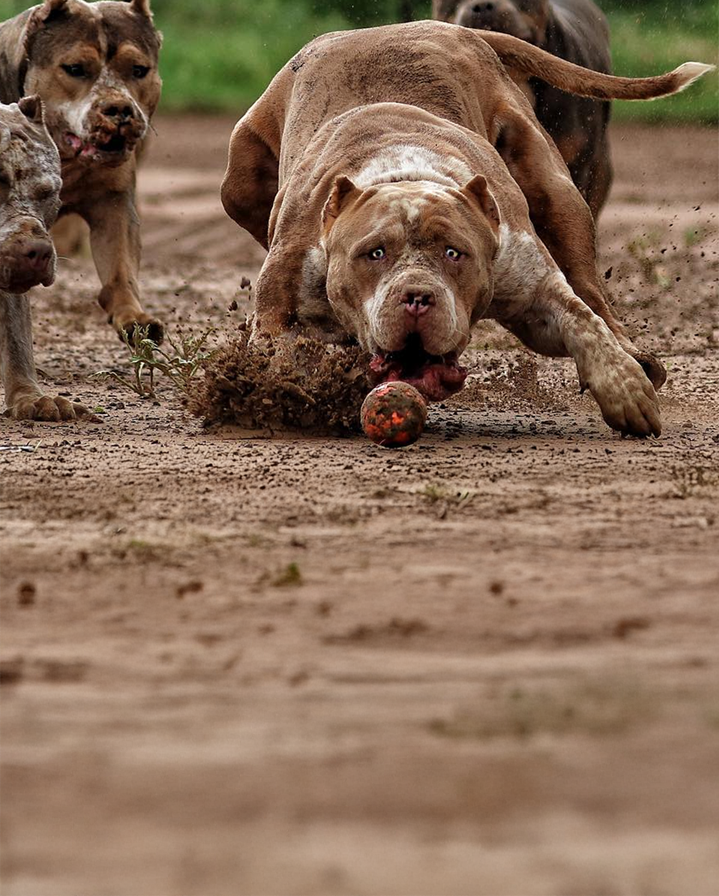
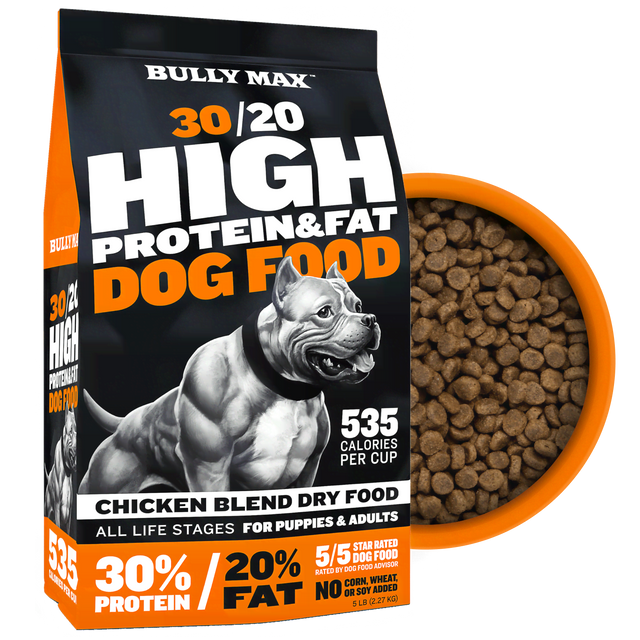
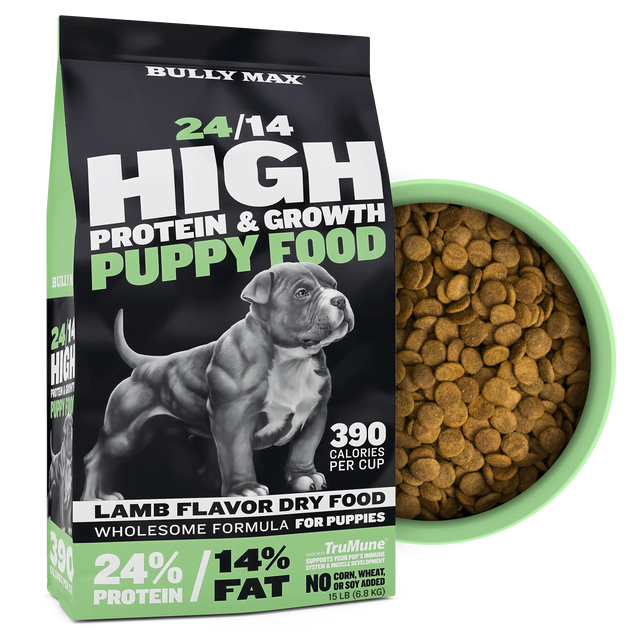
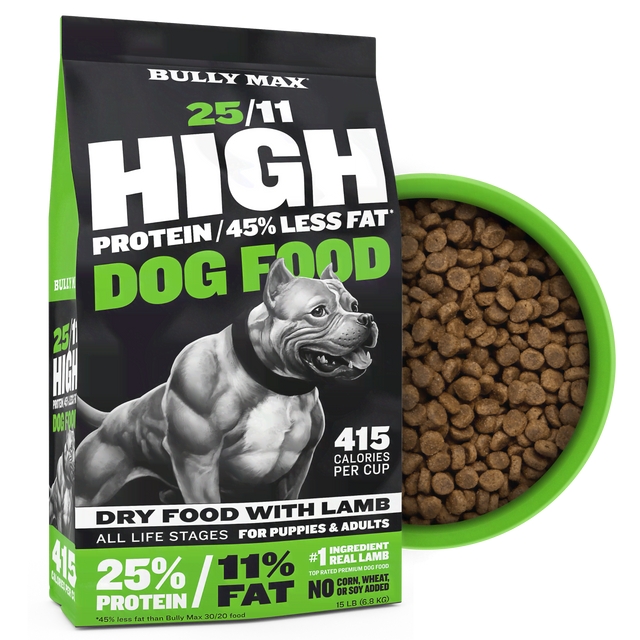
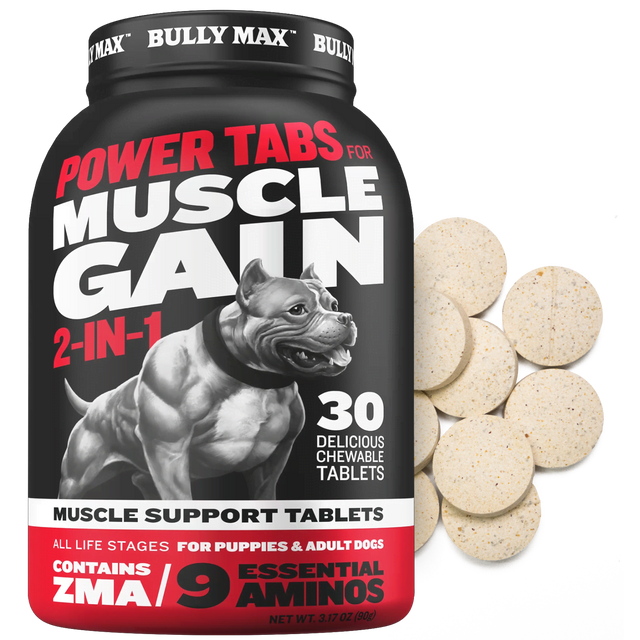




1 comment
This was very good and helpful 👏.